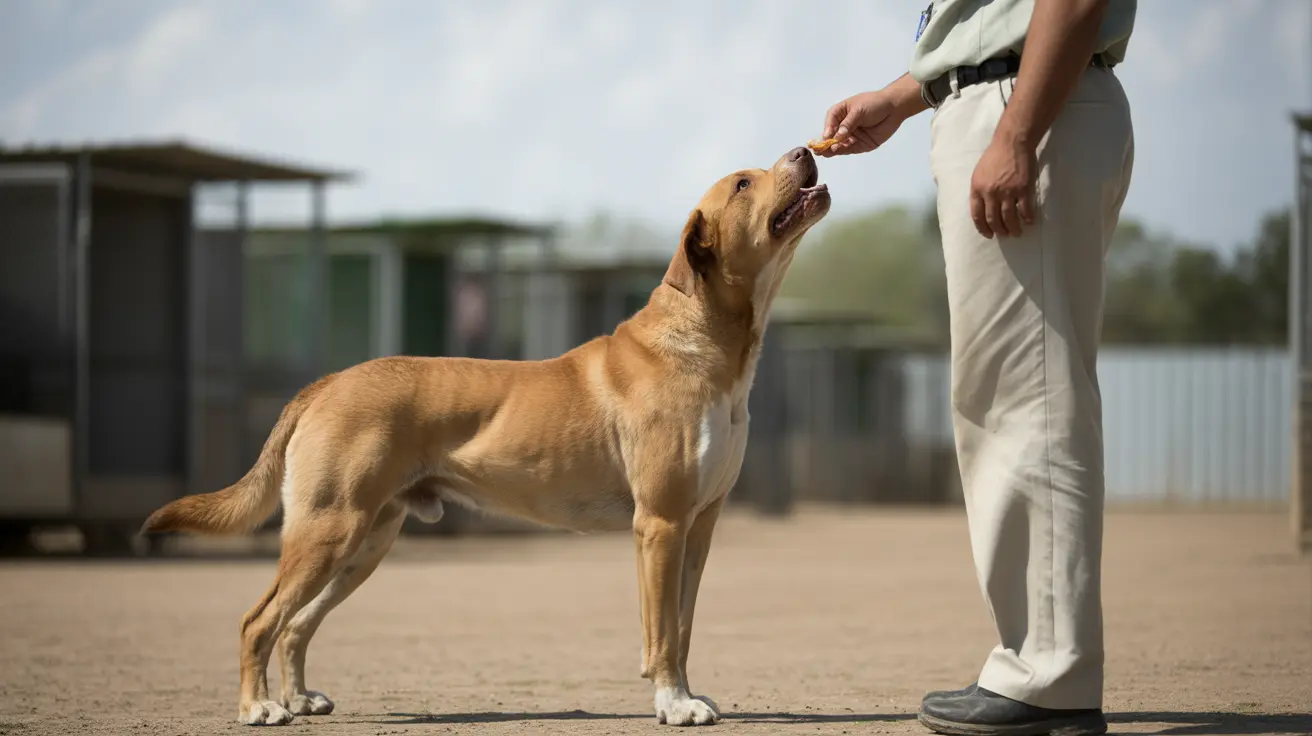Understanding No-Pull Harnesses
A no-pull harness is an innovative dog walking tool designed to make walks more enjoyable for both pets and their owners. Unlike traditional collars or basic harnesses, these specialized devices are engineered to discourage pulling behavior while providing comfort and control during walks.
The key feature that sets no-pull harnesses apart is their unique design with a front-chest leash attachment point. This strategic placement works with your dog's natural mechanics to redirect their forward momentum when they pull, making it easier to guide them back to your side without causing discomfort or strain.
How No-Pull Harnesses Work
The effectiveness of a no-pull harness lies in its biomechanical design. When a dog pulls forward, the front-chest attachment point causes a sideways redirection of force, naturally turning the dog back toward their owner. This immediate feedback helps dogs learn that pulling doesn't achieve their desired outcome.
- A chest strap with front D-ring attachment
- Adjustable straps around the shoulders and torso
- Comfortable padding in key pressure points
- Quick-release buckles for easy fitting
Choosing the Right No-Pull Harness
Selecting an appropriate no-pull harness requires careful consideration of several factors:
Size and Fit
Measure your dog's chest girth, neck circumference, and body length to ensure a proper fit. The harness should be snug but allow two fingers' width of space between the straps and your dog's body.
Material Quality
Look for durable materials like reinforced nylon or polyester with strong stitching. Ensure all buckles and D-rings are made of sturdy metal rather than plastic for long-term reliability.
Design Features
- Reflective strips for nighttime visibility
- Multiple adjustment points for custom fitting
- Padding for additional comfort
- Both front and back attachment options
Benefits of Using a No-Pull Harness
No-pull harnesses offer several advantages over traditional walking equipment:
Safety and Comfort
These harnesses distribute pressure across the chest and shoulders instead of concentrating it on the neck, reducing the risk of tracheal injury and spine strain.
Training Enhancement
The natural correction mechanism makes it easier for dogs to understand and learn proper walking behavior, especially when combined with positive reinforcement training.
Better Control
Owners gain improved steering and control without relying on force or causing discomfort to their pets.
Training Tips for Success
- Introduce the harness gradually with positive associations
- Practice in low-distraction environments first
- Reward your dog for walking beside you
- Be consistent with commands and expectations
- Combine harness use with proper leash training techniques
Frequently Asked Questions
What is a no-pull harness and how does it work?
A no-pull harness is a specialized walking tool with a front-chest leash attachment that redirects a dog's pulling motion sideways, naturally discouraging the behavior while maintaining comfort and control.
How do I choose the right no-pull harness for my dog?
Select a harness based on your dog's size measurements, ensuring proper fit with adjustable straps. Consider durability, material quality, and features like padding and reflective elements for safety.
Is a no-pull harness safe and comfortable for all dog breeds?
Yes, when properly fitted, no-pull harnesses are safe and comfortable for most dog breeds. However, it's important to choose the right size and style for your specific dog's body type and needs.
What are the main benefits of using a no-pull harness compared to a regular collar?
No-pull harnesses offer better control, reduce neck strain, distribute pressure more evenly, and provide a more effective training tool compared to regular collars, which can cause injury when dogs pull.
How should I train my dog to walk with a no-pull harness?
Start in a quiet area, use positive reinforcement, reward good walking behavior, and gradually increase exposure to distractions. Consistency and patience are key to successful training.
Conclusion
A no-pull harness can transform challenging walks into enjoyable experiences for both you and your dog. By understanding how these tools work and implementing proper training techniques, you can help your dog develop better walking habits while ensuring their comfort and safety.






